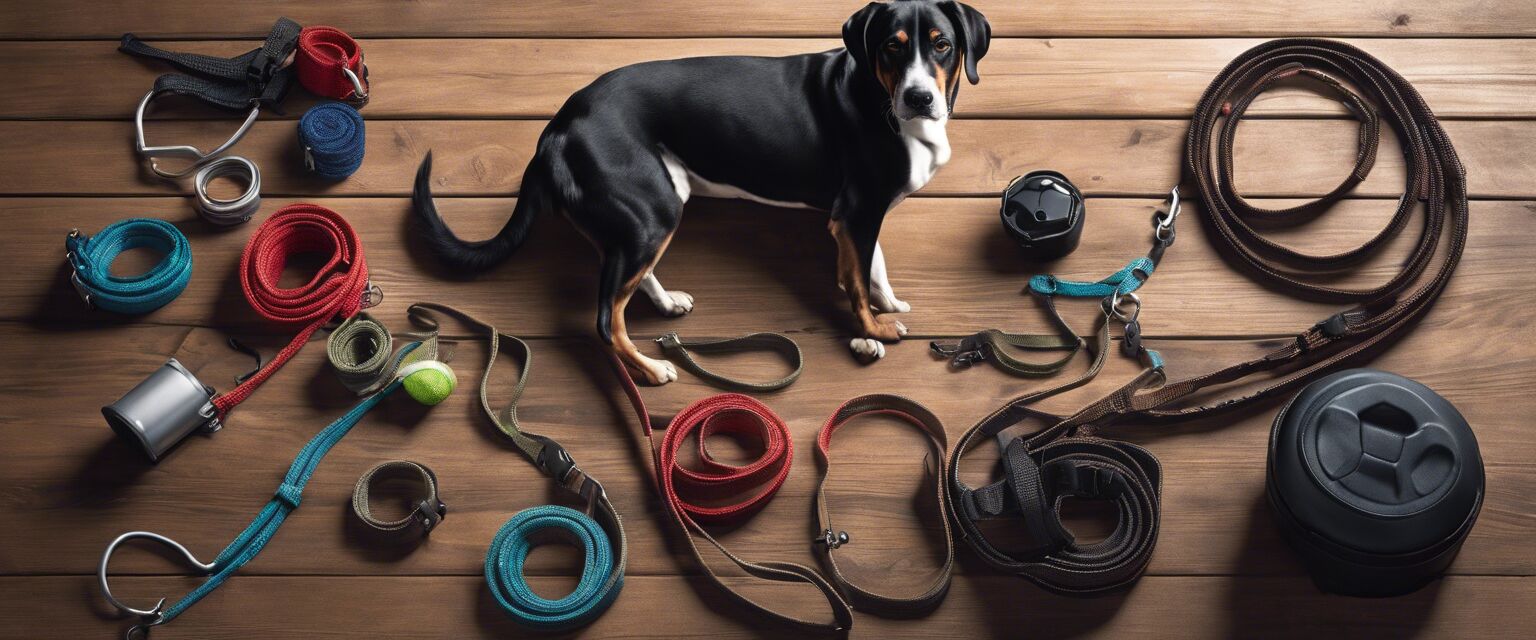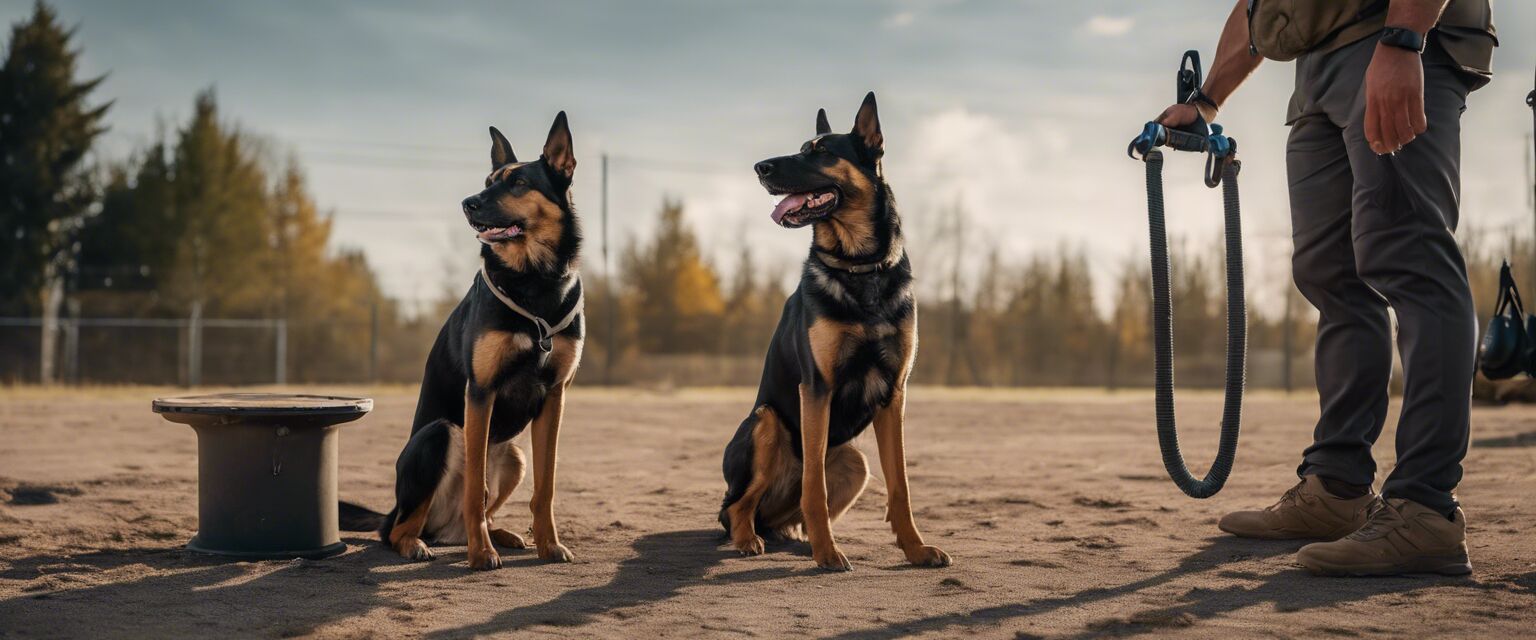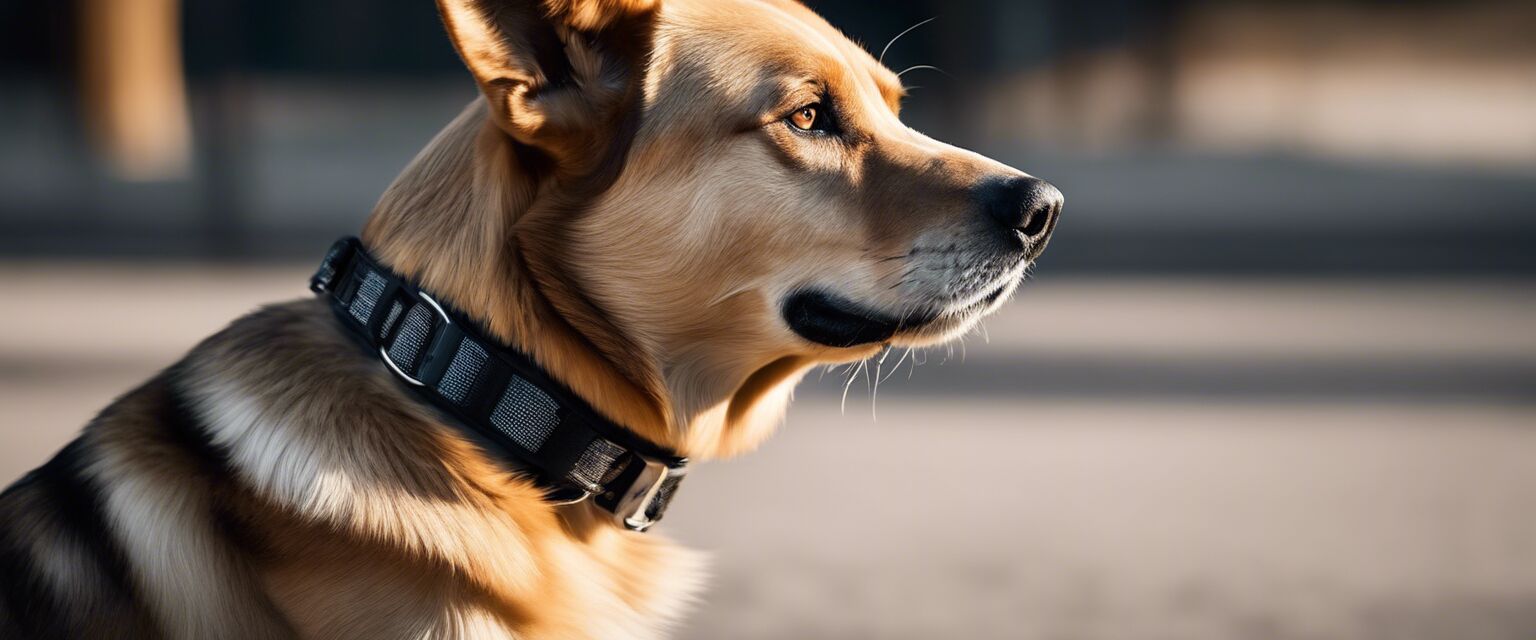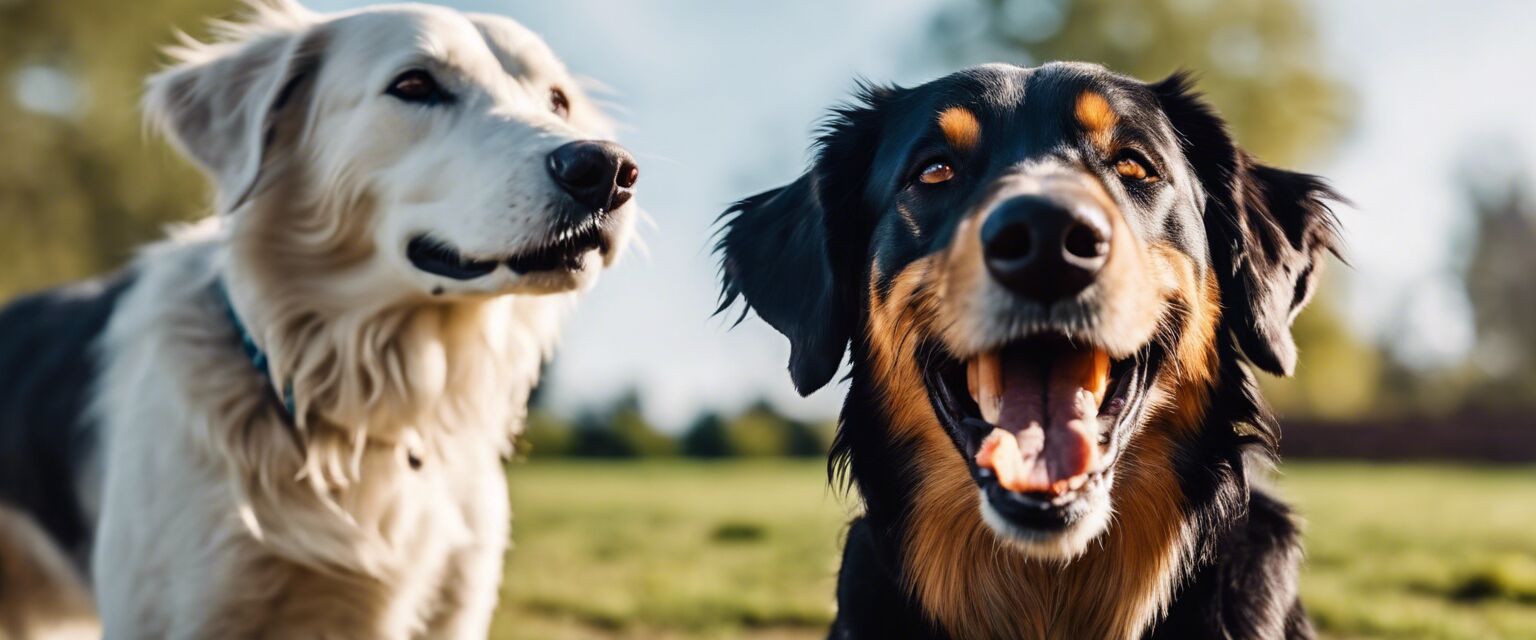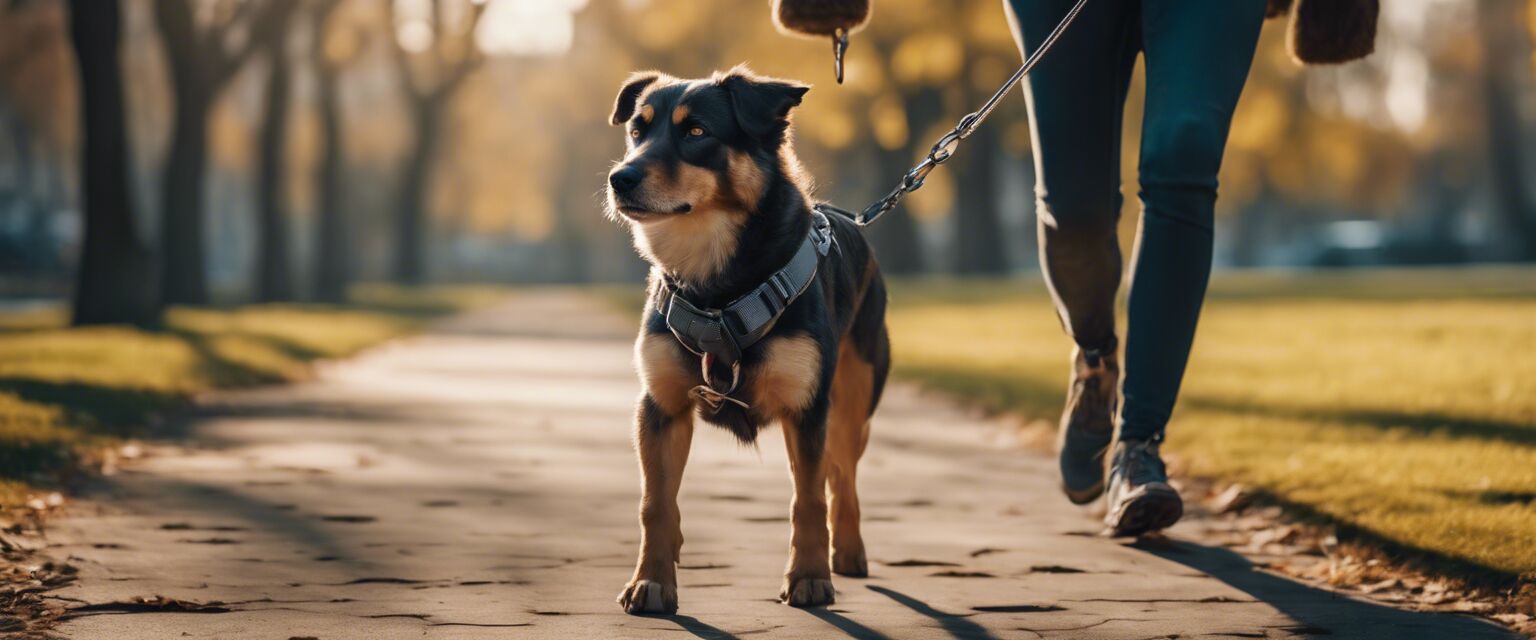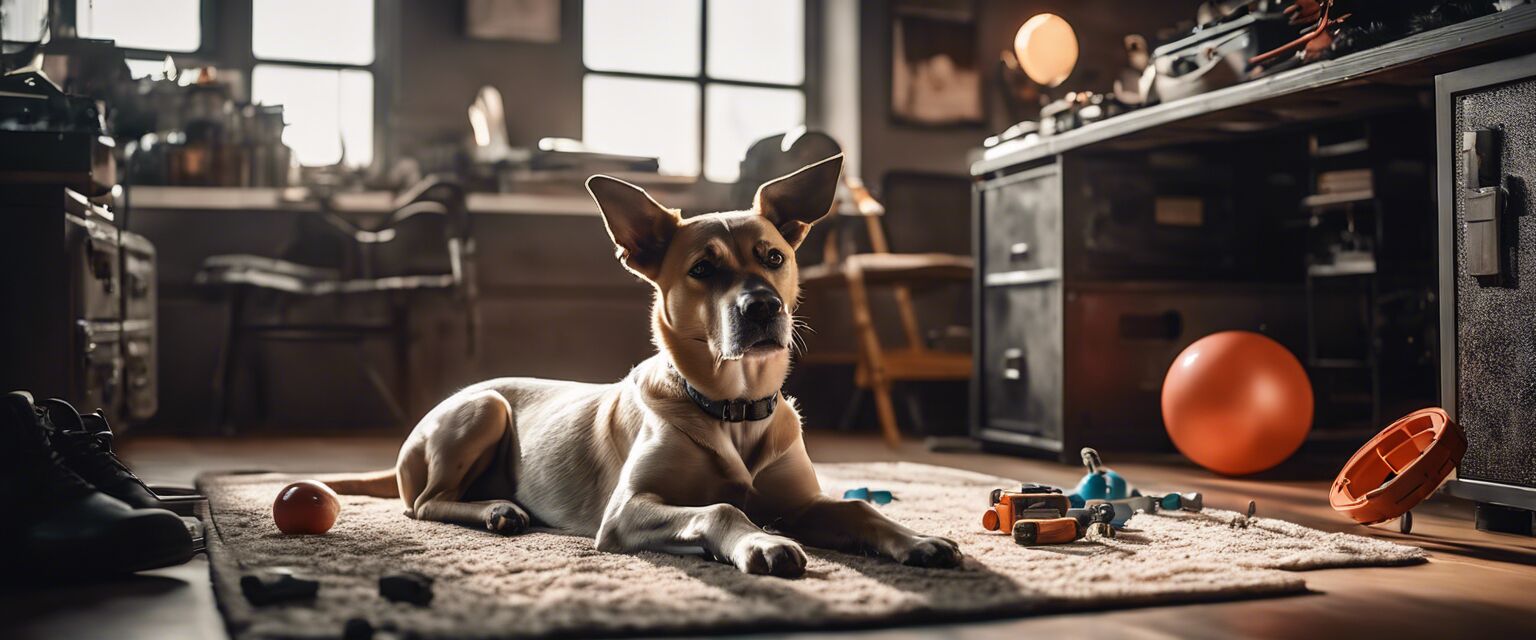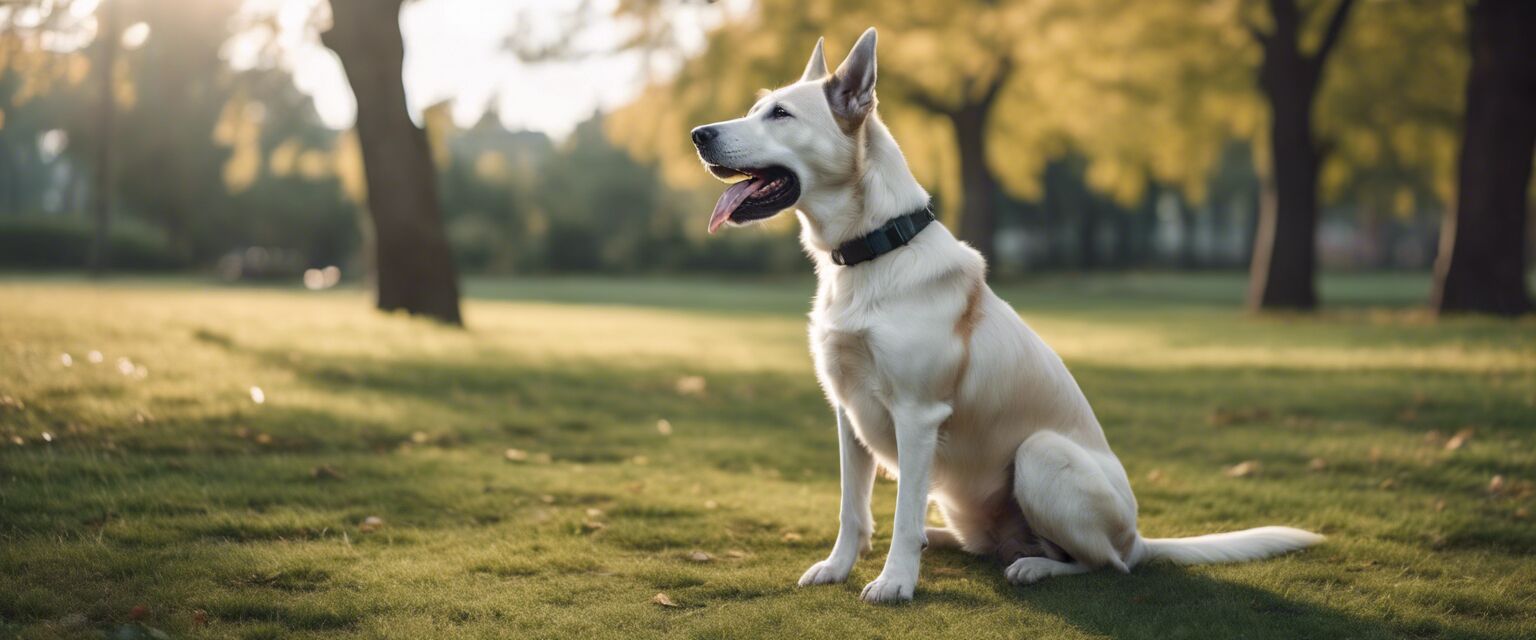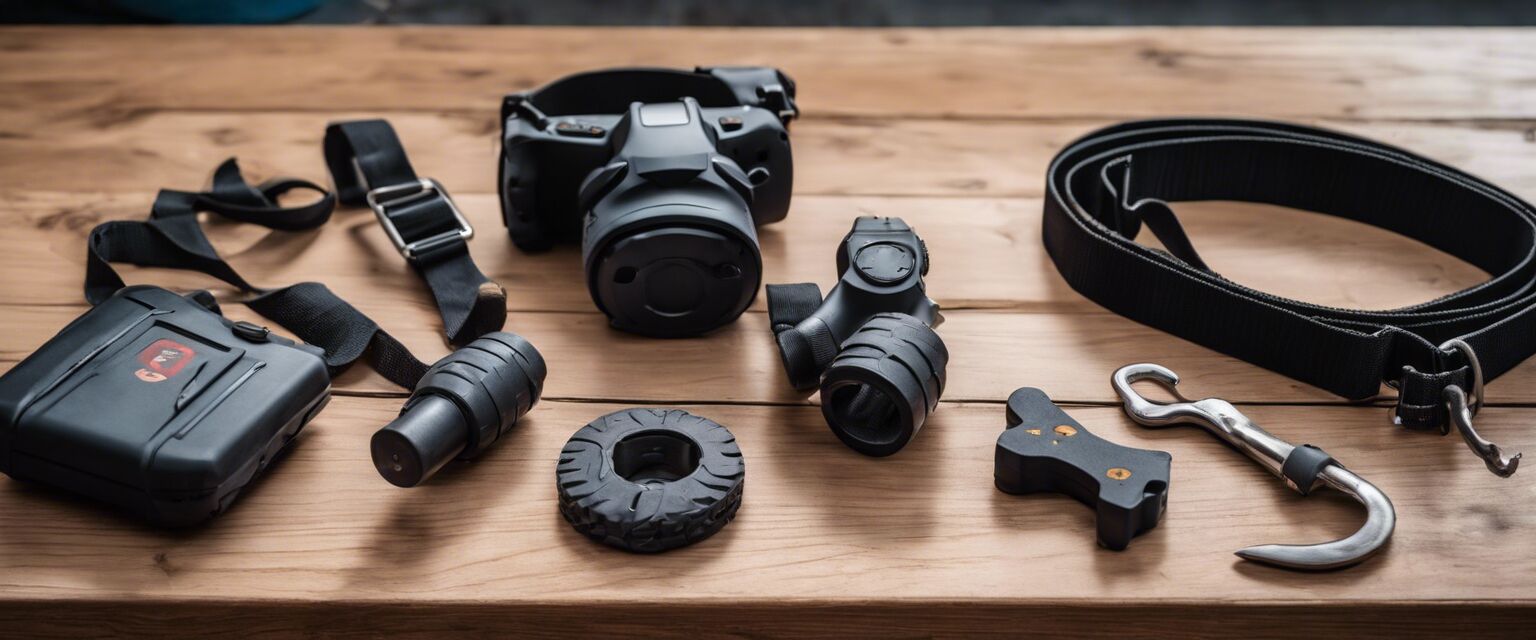
Training tools and equipment
Key Takeaways
- Understanding the different types of training tools is vital for effective canine training.
- Investing in high-quality equipment ensures better results and enhances the training experience.
- Proper usage of tools can help in addressing various behavioral issues in dogs.
- Regular training and consistency are essential for long-term success.
Training your dog can be a rewarding experience, but having the right tools and equipment is crucial for success. This article provides an overview of the best tools available for dog training, along with insights into how to use them effectively. Whether you're a beginner or an experienced trainer, youâll find valuable information here.
Types of training tools
There are several categories of training tools that can assist you in teaching your dog. Below is a breakdown of the most commonly used equipment:
| Type of Tool | Description |
|---|---|
| Crate | A safe space for your dog that also aids in house training. |
| Interactive Toys | Toys that stimulate your dog mentally and physically. |
| Leashes and Harnesses | Essential for walks and controlling your dog while training. |
| Training Clickers and Whistles | Useful for marking desired behaviors during training sessions. |
| Training Collars | Collars that assist in training, especially for behavior correction. |
| Training Treats | High-value rewards that reinforce good behavior. |
Choosing the right tools
Selecting the proper tools for your specific training goals is essential. Here are some tips to help you make informed decisions:
Tips for beginners
- Start with basic tools such as a leash and treats.
- Research each tool to understand its purpose and effectiveness.
- Consider your dog's specific needs and personality when choosing equipment.
- Read reviews and seek recommendations from other dog owners.
- Practice consistently with the tools you choose.
Pros and cons of training tools
Pros
- Enhances training efficiency.
- Can address specific behavioral issues.
- Improves communication between you and your dog.
- Many tools promote positive reinforcement.
Cons
- Some tools may be misused or over-relied upon.
- Quality equipment can be expensive.
- Not all tools are suitable for every dog.
Popular training tools and their uses
Here is a closer look at some popular training tools and how they can be used effectively:
| Tool | Best For | Usage Tips |
|---|---|---|
| Crate | House training | Introduce gradually; make it a positive space. |
| Interactive Toys | Reducing boredom | Rotate toys to maintain interest. |
| Leashes and Harnesses | Controlled walks | Choose the right size and fit for comfort. |
| Training Clickers | Behavioral marking | Use immediately after the desired action. |
| Training Collars | Behavior correction | Use only as directed and with care. |
| Training Treats | Positive reinforcement | Use small, high-value treats to encourage behavior. |
Conclusion
In conclusion, investing in the right training tools and equipment is crucial for successful dog training. By understanding the purpose of each tool and how to use it effectively, you can enhance your training experience and build a stronger bond with your furry friend. For more detailed insights into each category of tools, check out our pages on crate training, interactive toys, leashes and harnesses, training clickers and whistles, training collars, and training treats.
